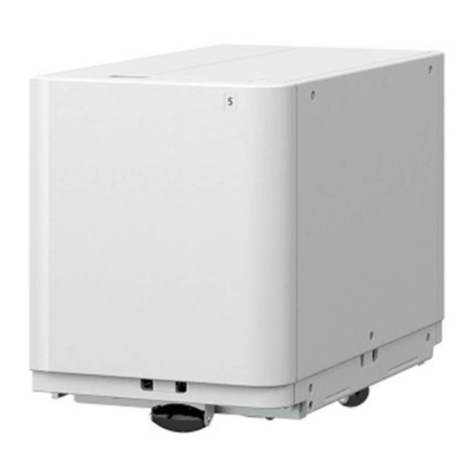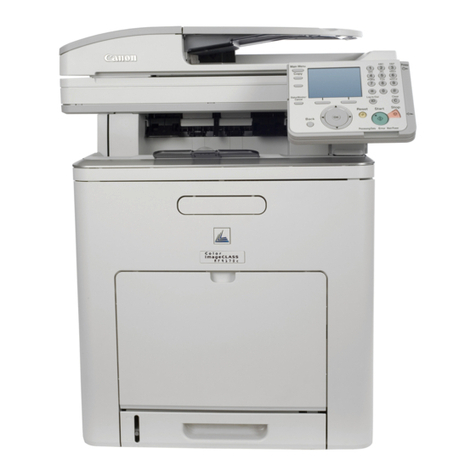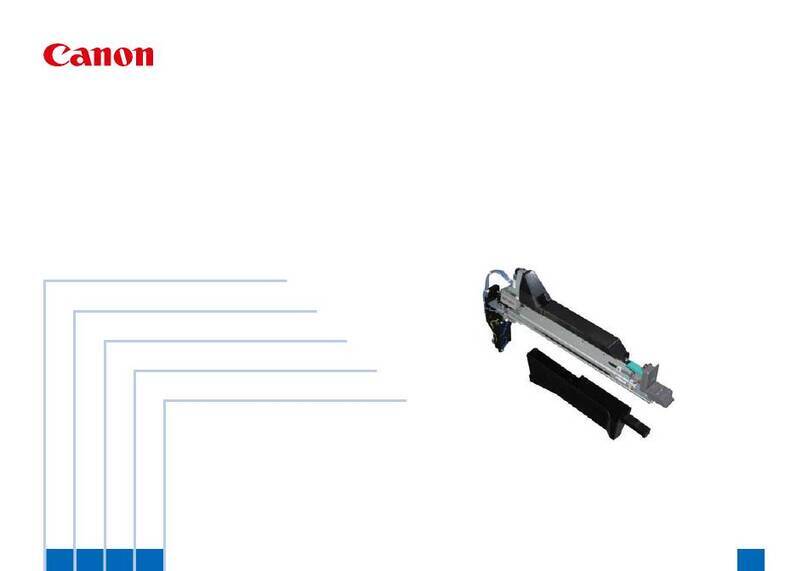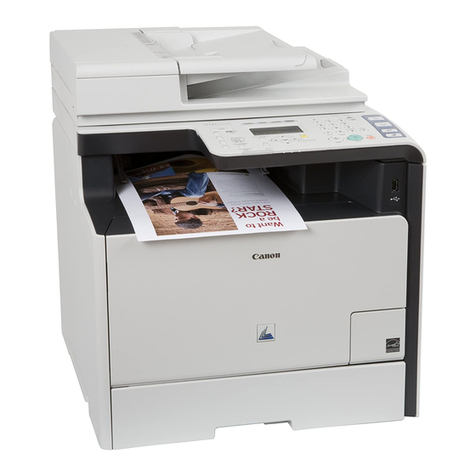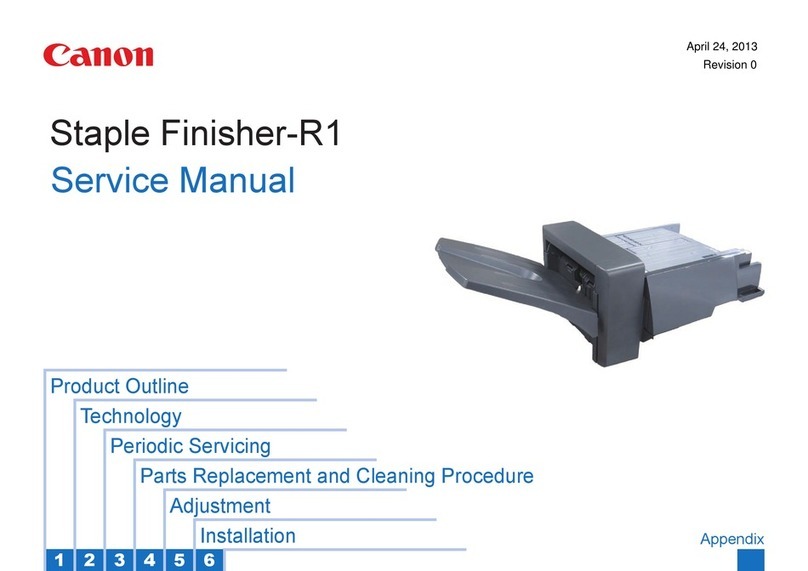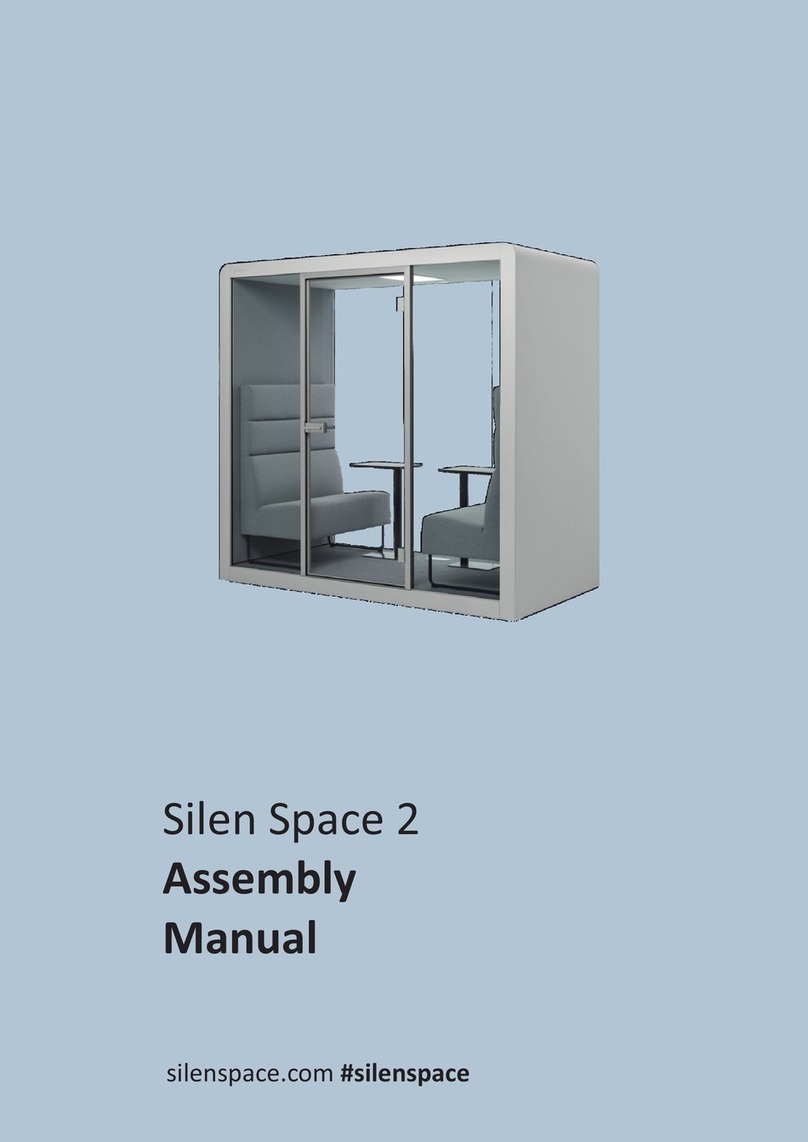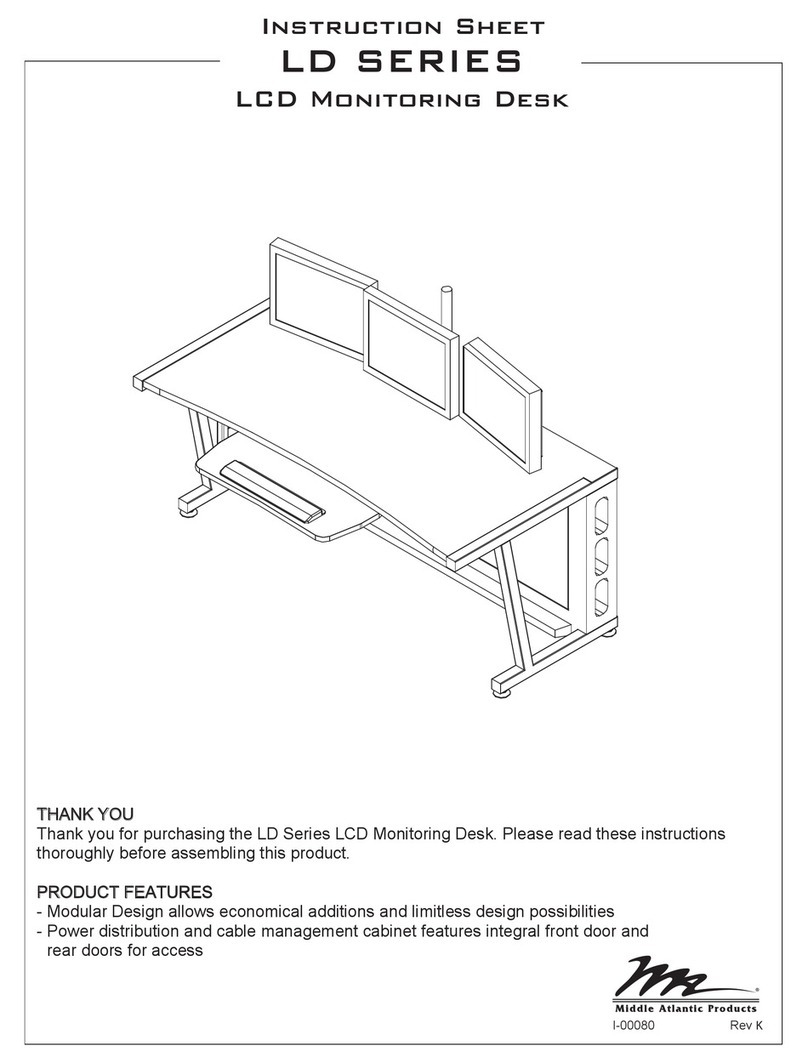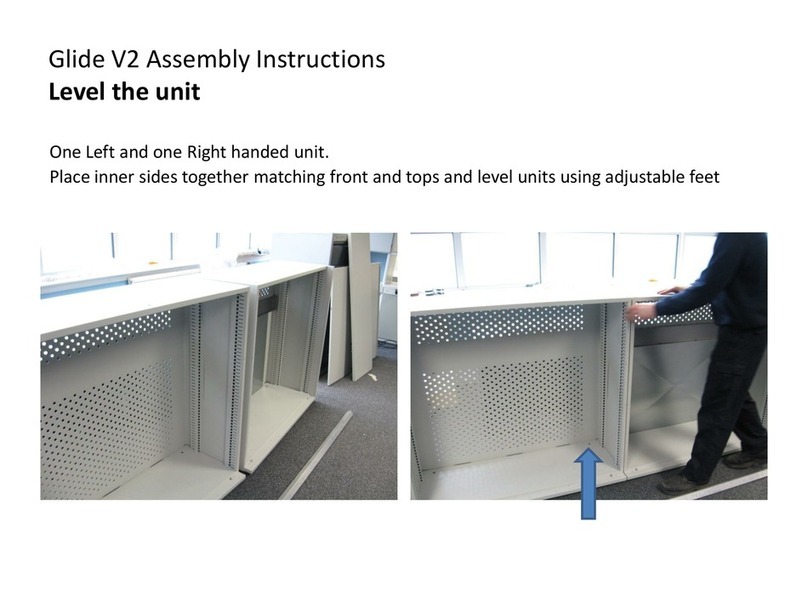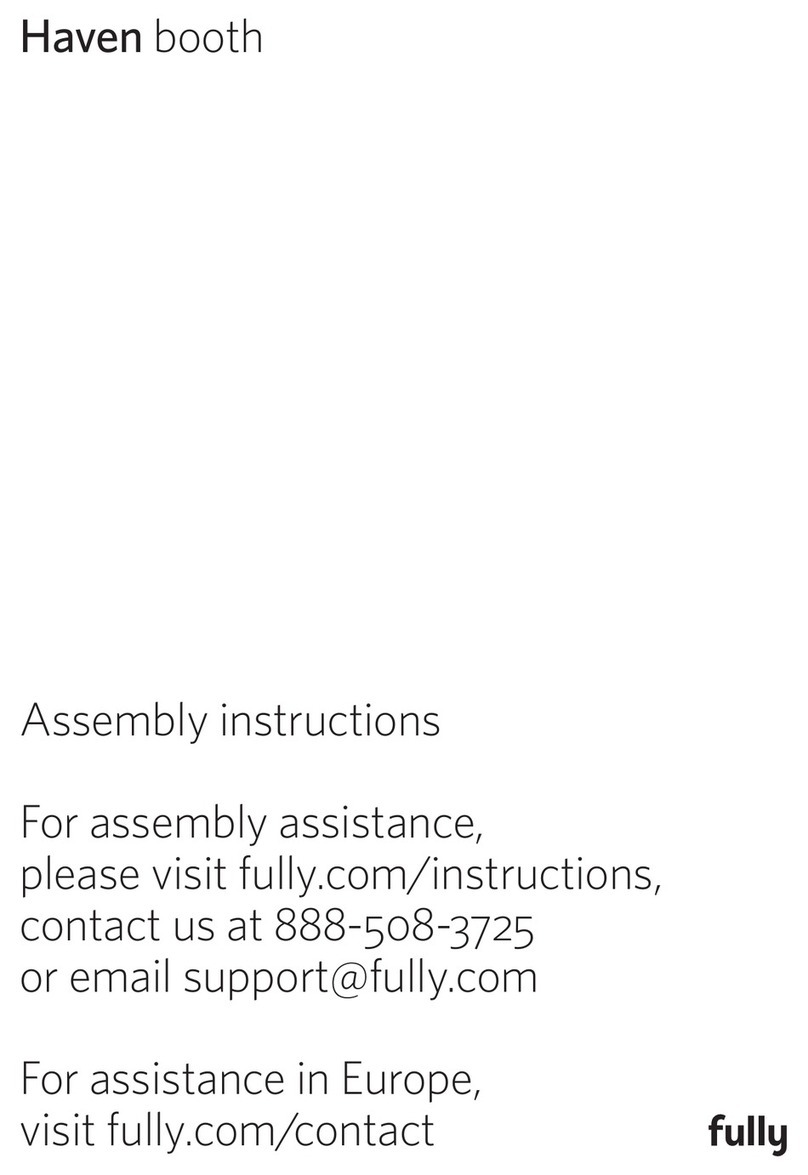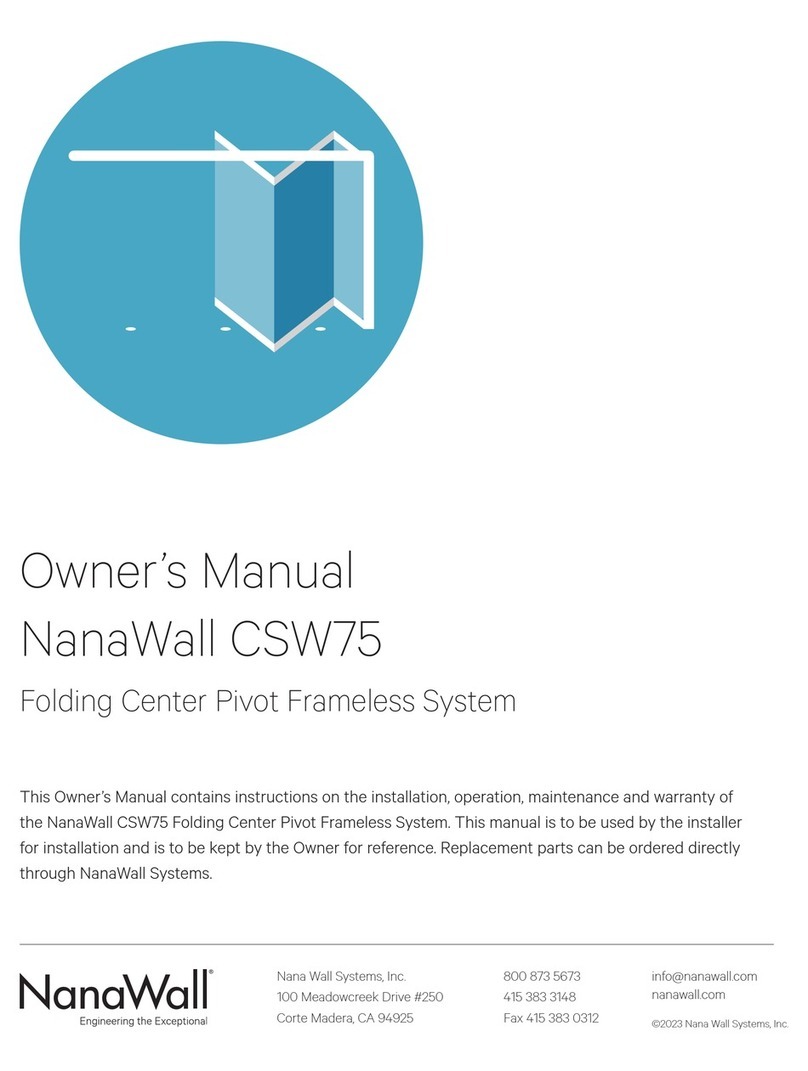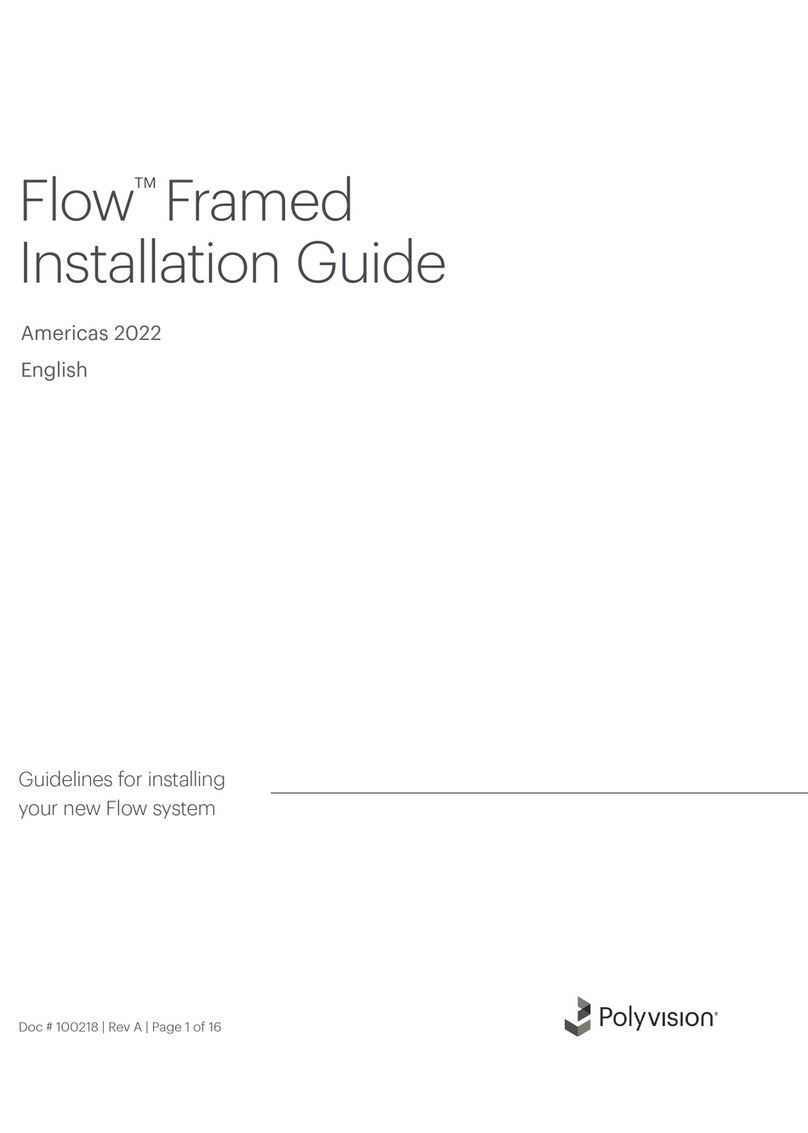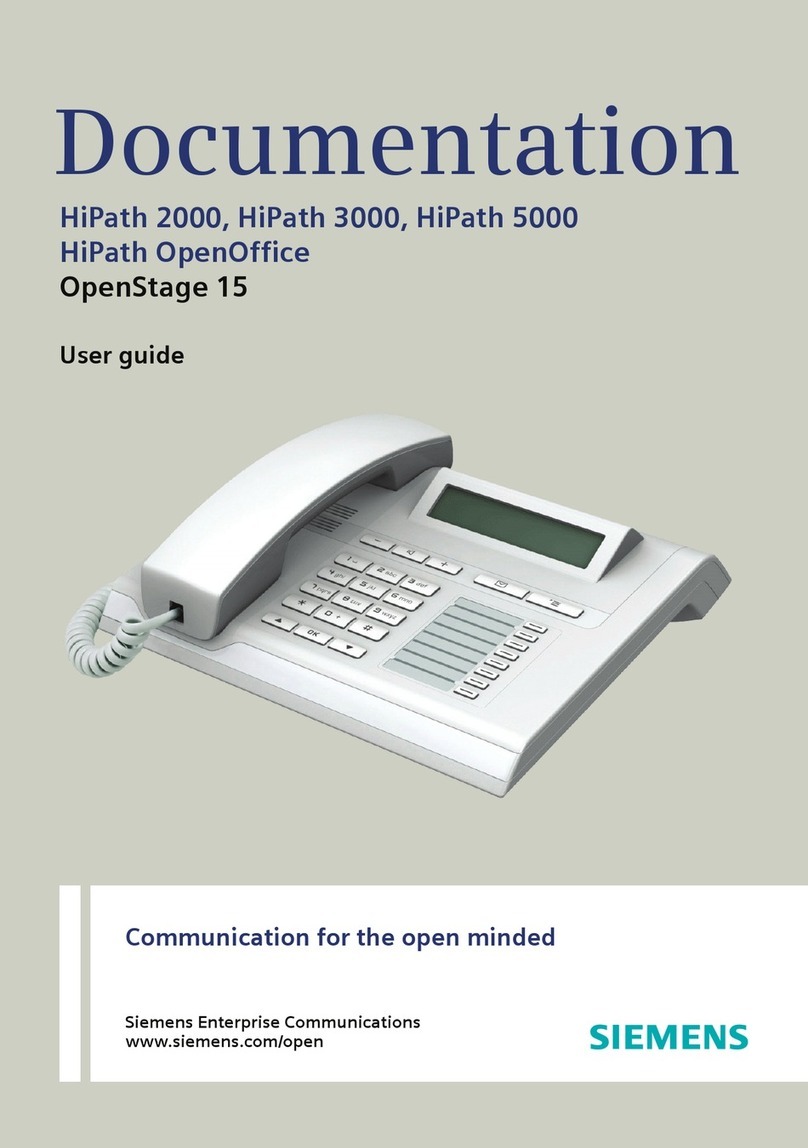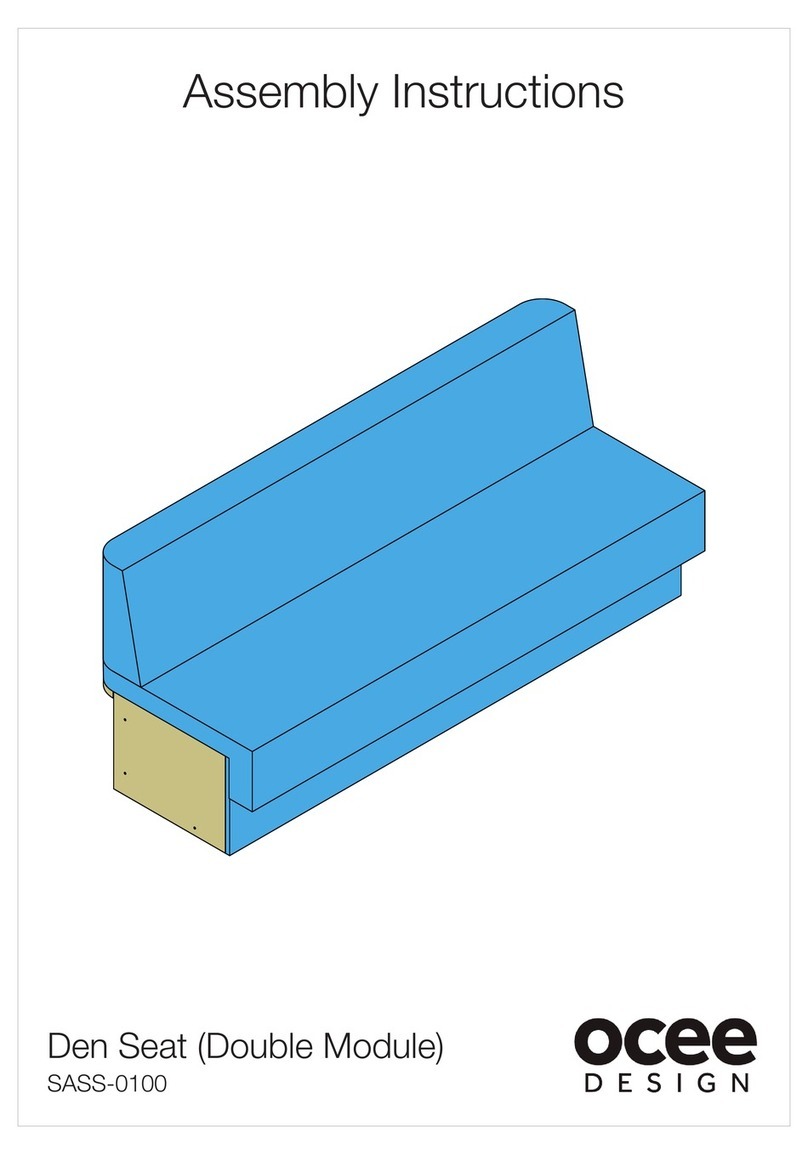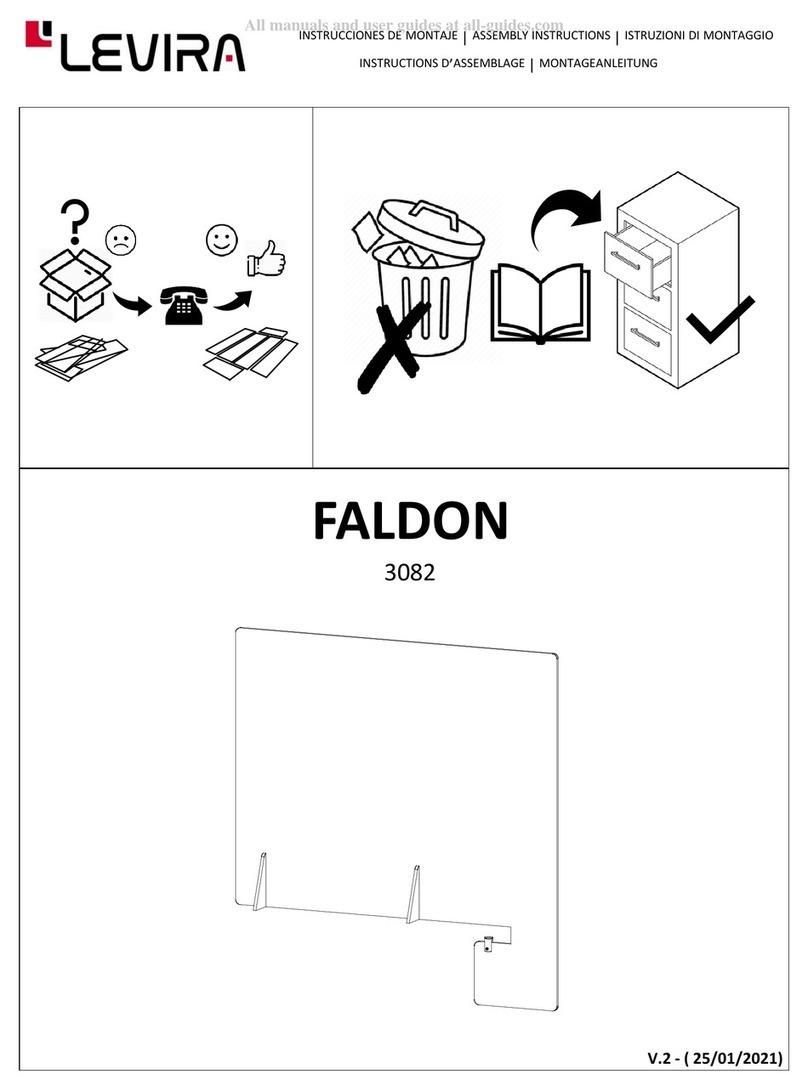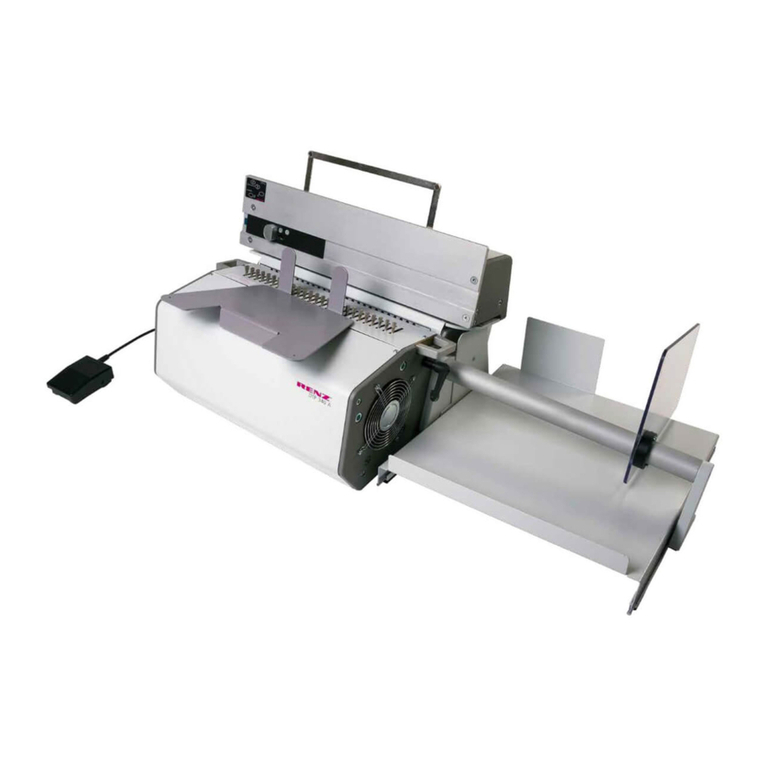0
0
e
e
Contents
0Safety Precautions
Notes Before it Works Serving---------------------------------------------0-2
1Produt Outline
Features -------------------------------------------------------------------------1-2
Specications ------------------------------------------------------------------1-3
Names of Parts ----------------------------------------------------------------1-4
External View 1--------------------------------------------------------------------- 1-4
External View 2--------------------------------------------------------------------- 1-4
External View 3--------------------------------------------------------------------- 1-5
Cross Section ----------------------------------------------------------------------- 1-5
2Technology
Basic Conguration-----------------------------------------------------------2-2
Outline of basic operation-------------------------------------------------------- 2-2
Non-sort operation-------------------------------------------------------------------------- 2-2
Offset operation ----------------------------------------------------------------------------- 2-2
Stapling operation -------------------------------------------------------------------------- 2-3
Servicing Work-----------------------------------------------------------------2-5
Scheduled Servicing -------------------------------------------------------------- 2-5
Customer maintenance----------------------------------------------------------- 2-5
Cleaning the offset roller------------------------------------------------------------------ 2-5
Version Upgrade ------------------------------------------------------------------- 2-5
3Periodic Servicing
Periodic Service Works------------------------------------------------------3-2
4Parts Replacement and Cleaning Procedure
List of Parts ---------------------------------------------------------------------4-2
Motors/Switches/Solenoids------------------------------------------------------ 4-2
Sensors1 ----------------------------------------------------------------------------- 4-2
Sensors2 ----------------------------------------------------------------------------- 4-3
PCBs ---------------------------------------------------------------------------------- 4-3
Main Units-----------------------------------------------------------------------4-4
Removing the Upper Unit-------------------------------------------------------- 4-4
Removing the Gripper Unit ------------------------------------------------------ 4-7
Consumable Parts Requiring Periodic Replacement and Cleaning
Points ----------------------------------------------------------------------------4-8
Removing the Stapler Unit------------------------------------------------------- 4-8
Removing the Offset Roller------------------------------------------------------ 4-9
Removing the Shutter Unit -----------------------------------------------------4-10
Removing the Paper retainer (front/rear) ----------------------------------- 4-11
Removing the Solenoid---------------------------------------------------- 4-13
Removing the Paper Lever Drive Solenoid---------------------------------4-13
Removing the Staple Solenoid ------------------------------------------------4-15
Removing the Motors ------------------------------------------------------ 4-18
Removing the Shift Roller Release Motor ----------------------------------4-18
Removing the Shift Motor-------------------------------------------------------4-19
Removing the Feed Motor ------------------------------------------------------4-21
Removing the Gripper Open/Close Motor ----------------------------------4-22
Removing the STP Move Motor/Gripper Unit Move Motor -------------4-22
Removing the Entrance Roller Release /Stopper HP Motor -----------4-25
Removing the Additional Tray Lift Motor ------------------------------------4-26
Removing the Tray Lift Motor --------------------------------------------------4-27
Removing the Switches --------------------------------------------------- 4-30
Removing the Front Cover Switch--------------------------------------------4-30
Removing the Staple Safety Switch------------------------------------------4-31
Removing the PCB --------------------------------------------------------- 4-34
Removing the Additional Tray PCB-------------------------------------------4-34
Removing the Finisher Controller PCB--------------------------------------4-35
Removing the Flexible Cable Broadcast PCB-----------------------------4-37
Others-------------------------------------------------------------------------- 4-38
Stapler Cradle Installation Procedure----------------------------------------4-38
5Installation(Inner Finisher-A1)
Making Pre-installation Checks--------------------------------------------5-2


